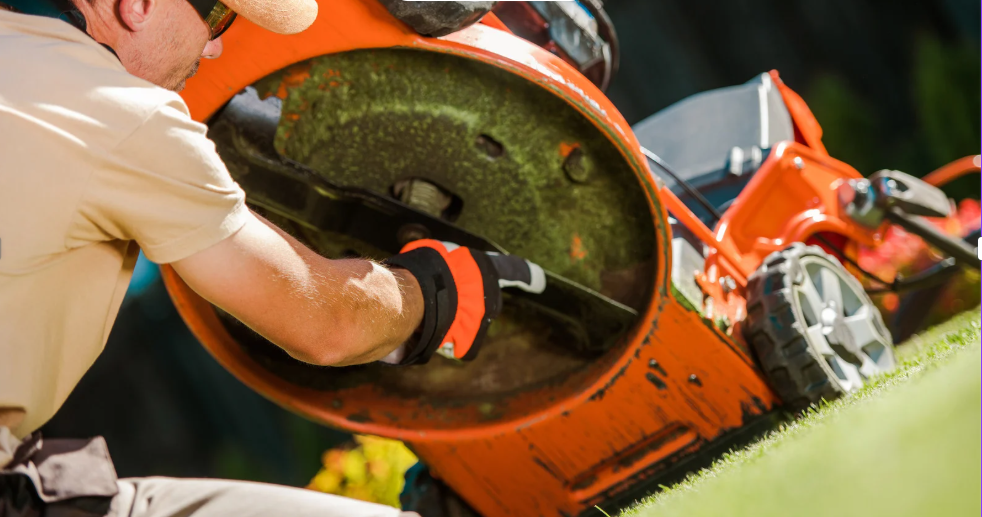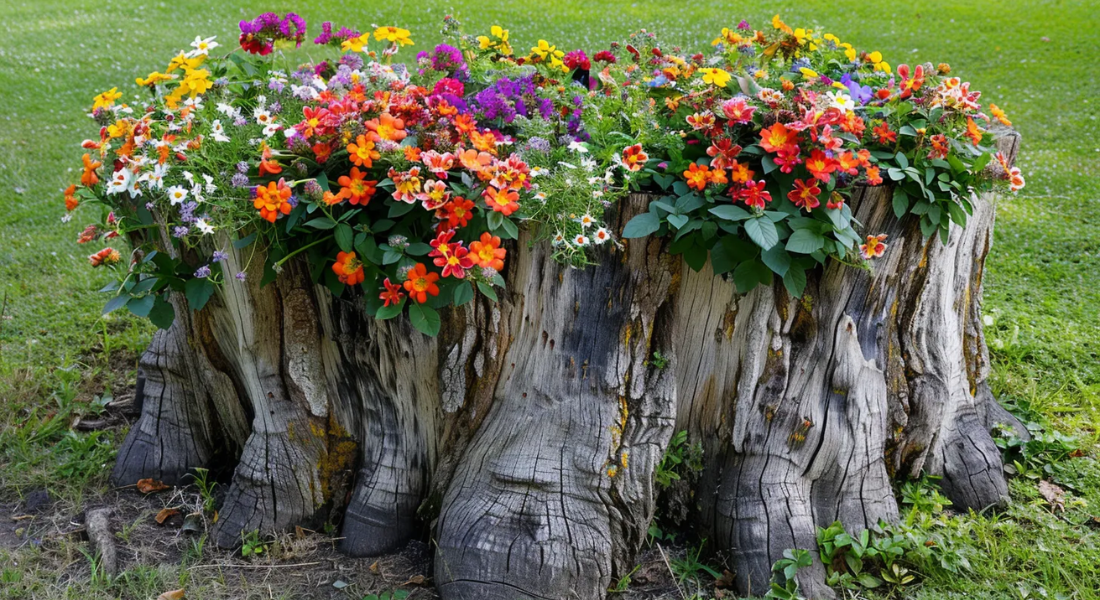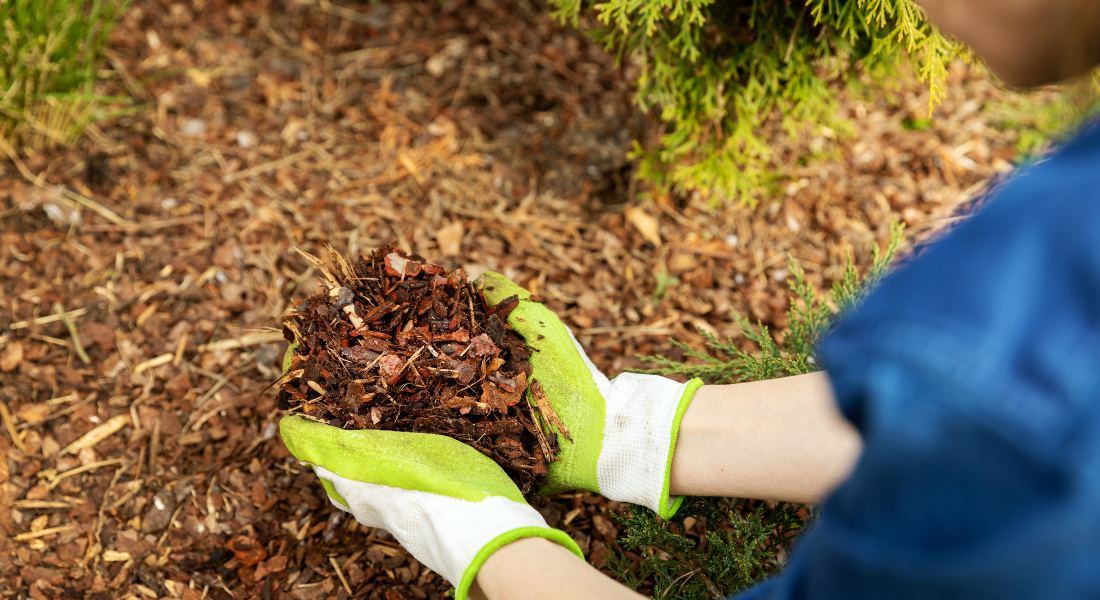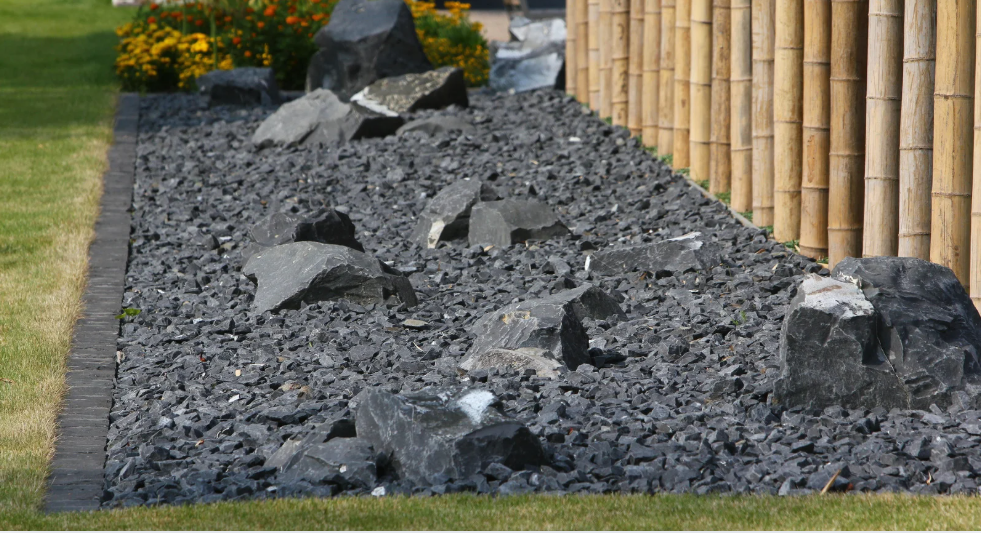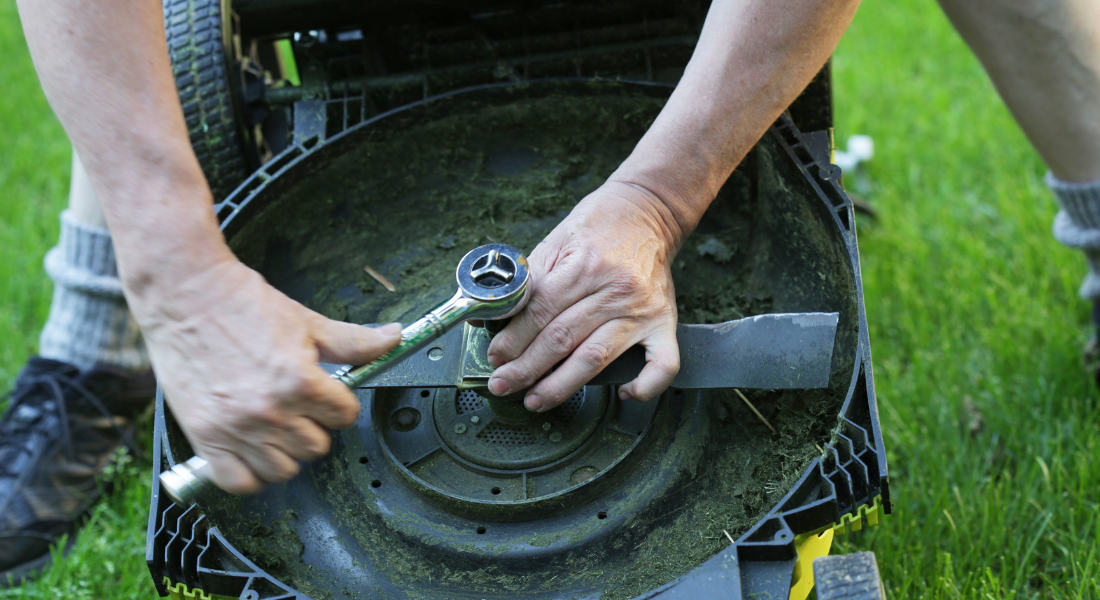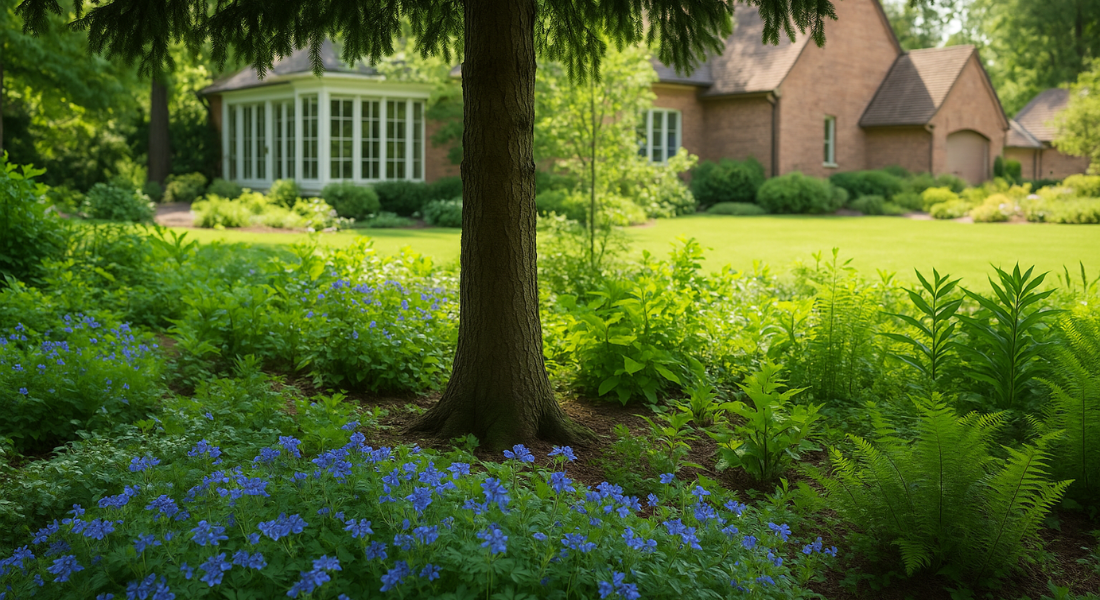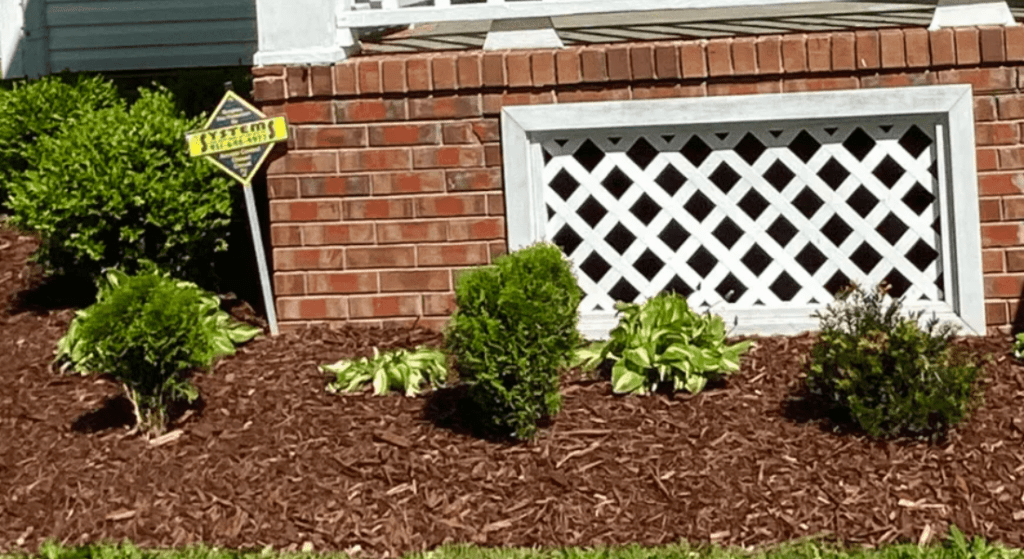How to Apply Bark Mulch for Your Landscape
Mulch is a versatile and essential component in any garden or landscape. Premium bark mulch not only enhances the visual appeal of your outdoor space but also plays a crucial role in maintaining soil health and discouraging weed growth by optimizing compost usage. Among the various types of mulch available, bark mulch, including options like black mulch, brown mulch, and cedar mulch, stands out for its aesthetic and practical benefits. In this comprehensive guide, we’ll explore the world of bark mulch, shed light on the different varieties, and help you make the best choice for your landscape. Let’s get started!
Why Bark Mulch Matters
Before we dive into the specifics of bark mulch, let’s understand why it’s worth reading about this garden essential. Bark mulch offers a wide range of benefits, making it a sought-after landscaping choice:
- Weed Control: Bark mulch creates a barrier that discourages weed growth, reducing the need for constant weeding.
- Soil Moisture Retention: It helps lock in moisture, thus preventing the soil in your garden mulch from drying out too quickly, and hence reducing the frequency of watering.
- Nutrient Enhancement: As it decomposes, bark mulch releases nutrients into the soil, promoting healthier plant growth.
- Temperature Regulation: Bark mulch insulates the soil, keeping it cooler in the summer and warmer in the winter.
- Curb Appeal: The variety of colors and textures available in bark mulch can significantly enhance the aesthetics of your garden.
Now, let’s delve into the specifics of using bark mulch effectively in your landscape.
Choosing the Right Type of Bark Mulch
Benefits of Using Colored Bark Mulch
Colored bark mulch, such as black or red mulch, offers more than just aesthetic appeal. These mulches can enhance the visual impact of your landscape by creating striking contrasts with the greenery and flowers. Additionally, colored mulches often come with UV inhibitors that help maintain their vibrant color for longer periods, reducing the need for frequent reapplication. By choosing colored bark mulch, you can enjoy a dynamic and long-lasting look for your garden while still benefiting from weed suppression and moisture retention.
What are the different varieties of bark mulch available?
Bark mulch comes in various types, including black mulch, brown mulch, cedar mulch, and more. The choice depends on your preference, landscape design, and the specific benefits you’re looking for.
How does the color of bark mulch impact the landscape?
The color of premium bark mulch can significantly influence the aesthetics of your landscape. For example, black mulch can create a sleek and modern look, while brown mulch provides a natural and earthy appearance. Cedar mulch, on the other hand, offers a unique reddish hue.
What is the difference between hardwood and softwood bark mulch?
Hardwood and softwood bark mulch differ in terms of the tree species used. Hardwood mulch is typically more durable and longer-lasting, while softwood mulch, like cedar mulch, has a distinctive aroma and offers natural pest-repelling properties.
Applying Bark Mulch
Enhancing Soil Health Before Mulching
Before applying bark mulch, consider improving the soil health by incorporating organic matter such as compost or well-rotted manure. This addition provides a nutrient boost and enhances soil structure, promoting better root growth for your plants. Mixing in a slow-release fertilizer can also ensure that your plants receive consistent nutrients over time. By taking these extra steps, you create a more fertile foundation that maximizes the benefits of the mulch layer.
How much bark mulch should you apply to your garden?
The amount of bark mulch you need depends on the area you want to cover. Generally, a layer of mulch that’s around 2 to 3 inches thick is sufficient for most garden beds and landscapes.
How do you prepare the area before applying bark mulch?
To ensure the best results, weed the area thoroughly and level the soil before applying the mulch. This will help prevent weed growth and provide a smoother surface for the mulch.
Can you use bark mulch in a playground or outdoor area?
Yes, bark mulch, particularly wood chips, is a popular choice for playgrounds and outdoor areas due to its natural look and cushioning effect. It can provide a safe and aesthetically pleasing surface for children to play on.
Maintaining Bark Mulch
How do you refresh bark mulch over time?
Bark mulch can break down and lose its color over time. To maintain its appearance and effectiveness, you can add a fresh layer of mulch every one to three years, depending on its condition.
Does bark mulch help with erosion control?
Yes, bark mulch can help prevent soil erosion by maintaining moisture and stabilizing the soil. This makes it an excellent choice for sloped areas in your landscape.
Can you use bark mulch for garden beds and container gardening?
Bark mulch is versatile and can be used in both garden beds and container gardening. It helps retain moisture, control weeds, and enrich the soil, making it an excellent choice for various planting scenarios.
Seasonal Mulch Maintenance
Seasonal maintenance of bark mulch is crucial for maintaining its effectiveness and appearance. In the spring, inspect your mulch for signs of compaction or decomposition. Fluff the mulch with a rake to improve air circulation and add a thin layer of fresh mulch if needed. During the fall, clear any fallen leaves or debris to prevent mold growth and ensure the mulch remains visually appealing. Regular seasonal upkeep helps extend the life of your mulch and keeps your garden looking its best year-round.
Considerations When Using Bark Mulch
Is bark mulch environmentally friendly?
Many types of bark mulch, such as cedar mulch and pine bark mulch, are considered environmentally friendly as they are derived from sustainable sources. They also decompose naturally, benefiting the soil.
Does the choice of bark mulch impact plant health?
The type of bark mulch you choose can affect the health of your plants. For instance, cedar mulch is known to repel pests, making it a good choice for pest-sensitive plants. Understanding the specific needs of your plants is essential when selecting bark mulch.
When it comes to maximizing the benefits of bark mulch, proper mulch installation is the key.
Sustainability and Mulch Sourcing
When selecting bark mulch, consider the sustainability of its sourcing. Look for products that are certified by environmental organizations, indicating that they are harvested responsibly and without harming natural ecosystems. Sustainable bark mulch not only supports environmental conservation but also ensures that the mulch is free from harmful chemicals and safe for use in your garden. By choosing eco-friendly mulch options, you contribute to a healthier planet while enhancing your landscape.
Final Touches and Recommendations
To summarize our exploration of bark mulch:
- Choose the variety of bark mulch that best suits your landscape and design preferences.
- Prepare the area properly, and apply a 2 to 3-inch layer of mulch.
- Maintain your bark mulch by refreshing it every one to three years.
- Consider the environmental impact and plant health when selecting bark mulch.
With the right choice of bark mulch, your landscape can not only be more aesthetically pleasing but also healthier and easier to maintain. Whether you opt for black mulch, cedar mulch, or any other variety, it’s an investment in the long-term beauty and vitality of your outdoor space.
Professional Tips for Optimal Mulch Application
For optimal results when applying bark mulch, follow these professional tips: First, always start with a clean, weed-free surface. Apply the mulch evenly, aiming for a 2 to 3-inch layer, and avoid piling mulch directly against plant stems or tree trunks to prevent rot. Consider using a landscape fabric underneath the mulch to further reduce weed growth while allowing water and nutrients to reach the soil. Regularly inspect the mulch for signs of compaction or excessive decomposition and refresh as needed. These practices help ensure that your mulch application is both effective and sustainable.
Frequently Asked Questions (FAQs) About Bark Mulch
What is bark mulch?
Bark mulch is a type of mulching material derived from the outer layers of tree bark:
- Natural Component: It is composed of the protective outer layer of trees, which is often stripped away during the lumber or paper-making process.
- Texture and Appearance: Bark mulch varies in texture, ranging from fine to coarse, and is known for its natural, earthy appearance.
- Benefits: Apart from its aesthetic qualities, bark mulch serves practical purposes in landscaping, such as weed suppression and moisture retention.
Is bark good for mulching?
Yes, bark is a popular and effective choice for mulching, offering several benefits:
- Weed Control: Bark mulch forms a protective layer that inhibits weed growth by blocking sunlight and preventing weed seeds from germinating in your compost rich garden.
- Moisture Retention: It helps retain soil moisture by reducing evaporation, creating a more stable environment for plants.
- Soil Insulation: Bark mulch acts as an insulator, moderating soil temperature and protecting plant roots from extreme weather conditions.
Is wood bark the same as mulch?
Wood bark is a component of mulch, but mulch can include various materials:
- Wood Bark: Refers specifically to the outer layer of a tree.
- Mulch: Encompasses a broader category of materials used for covering the soil. Mulch can be made from various organic or inorganic materials, including bark, wood chips, leaves, straw, or synthetic materials.
In essence, wood bark is one type of material commonly used in the creation of mulch.
How is bark mulch made?
The process of making bark mulch involves several steps:
- Bark Collection: The outer bark of trees, obtained during the lumber or paper-making process, is collected.
- Shredding or Grinding: The collected bark is mechanically shredded or ground into smaller pieces. The size of the mulch particles can vary, offering options from fine to coarse.
- Drying (Optional): Depending on the desired moisture content, the shredded bark may undergo a drying process.
- Dyeing (Optional): To achieve specific colors, some bark mulch products may be dyed using safe and environmentally friendly dyes.
Packaging: The final product is packaged and made available for use in landscaping and gardening.
